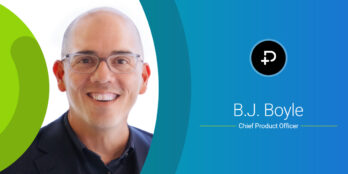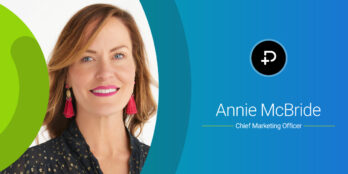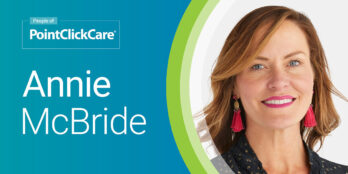
You Can’t Collaborate with Paper
 2 min
2 min
Sharing private information has never been an easy feat for those working in the healthcare industry. Tight regulations and high-security risks made it challenging for care providers to collaborate and share meaningful information. However, the advances in digital technology and security, combined with the increasing need to communicate valuable resident information, is driving a collaborative care effort.
The need for acute care providers and senior care organizations to work closely together is fueled by incentives to reduce hospitalization costs implemented by the Centers of Medicare & Medicaid Services (CMS). From penalizing facilities with high readmission rates to establishing primary care-centric models that reward quality and savings, the actions taken by the CMS will shape the future of senior care.
So, it’s now essential for acute care providers to find a partner they can trust to deliver effective post-discharge care, while senior care providers must demonstrate that they’re capable of administering high-quality care. The ability to be able to demonstrate this capability is now a critical requirement in forging these relationships.
So where to begin? Successful partnerships are based on good communication, and ensuring that acute and senior care providers can easily pass valuable information to each other. This will be paramount to driving improved results and demonstrating value.
Historically, sharing resident health information has been very challenging. Concerns over security has eliminated email as a method for transmitting sensitive materials, leaving fax machines and phones as the only communication tools for dispersed providers. As you can imagine, faxing multiple pages of a resident’s record takes time – which can delay a potential diagnosis, leading to increased acuity.
Although a number of care providers have adopted electronic health record (EHR) technology to assist with documentation and standardization within their own organization, the need for a secure and compliant method of sharing the information is still there. While senior care communities can use the data they collect to demonstrate the quality of care provided, helping them attract referrals, they still need a method of sharing data.
Without the ability to access, analyze, and exchange resident information, a collaborative care partnership cannot succeed. As pressure on both acute care and senior care providers to deliver high-quality care at a low cost rises, it’s important for them to work together to achieve the best possible outcomes.
Better communication brings better results, which is why some electronic health record vendors are enabling secure email and mobile communications that don’t compromise the protection of valuable health information. Follow the link to learn more about PointClickCare Secure Conversations.
November 17, 2016





